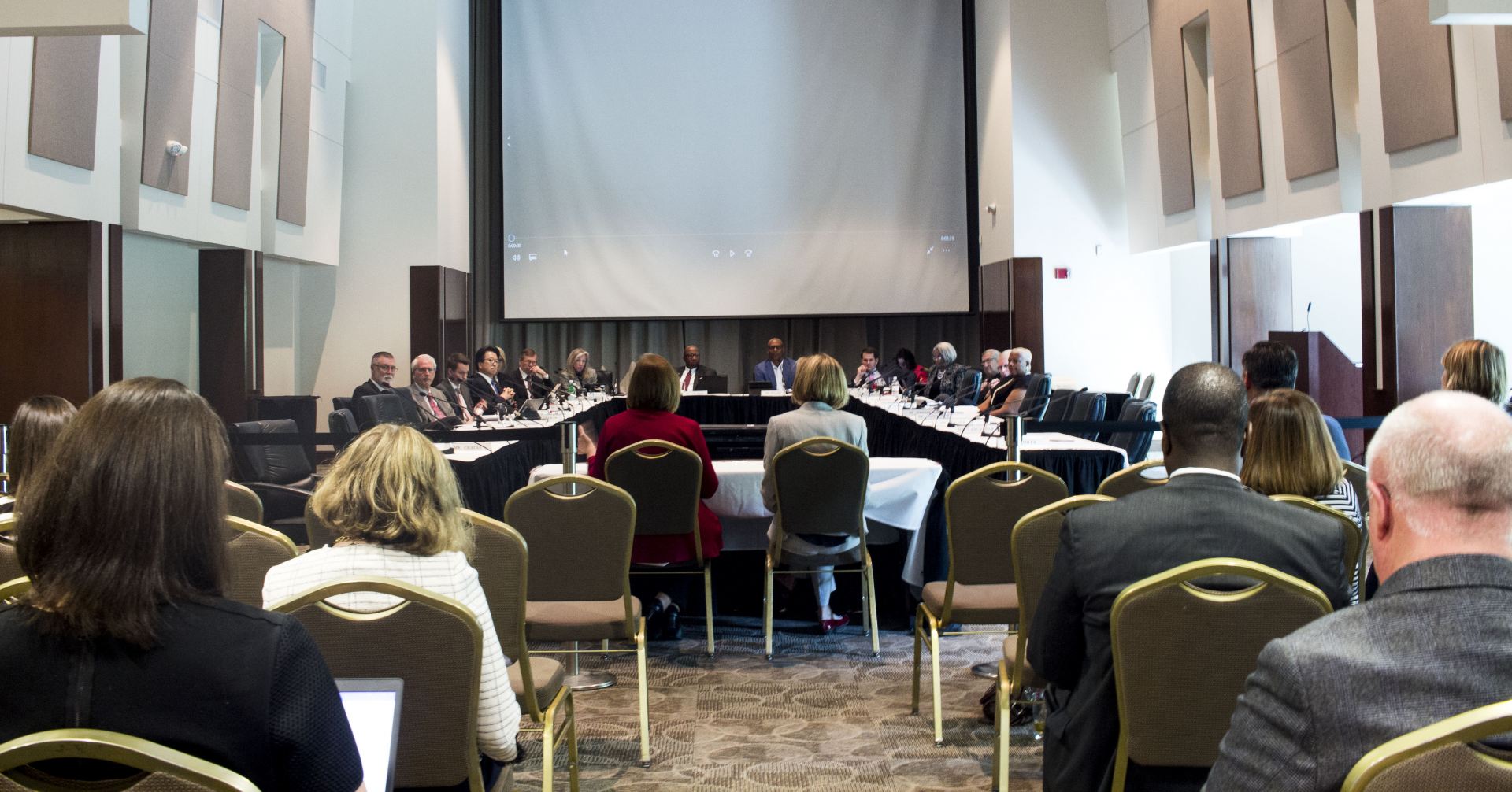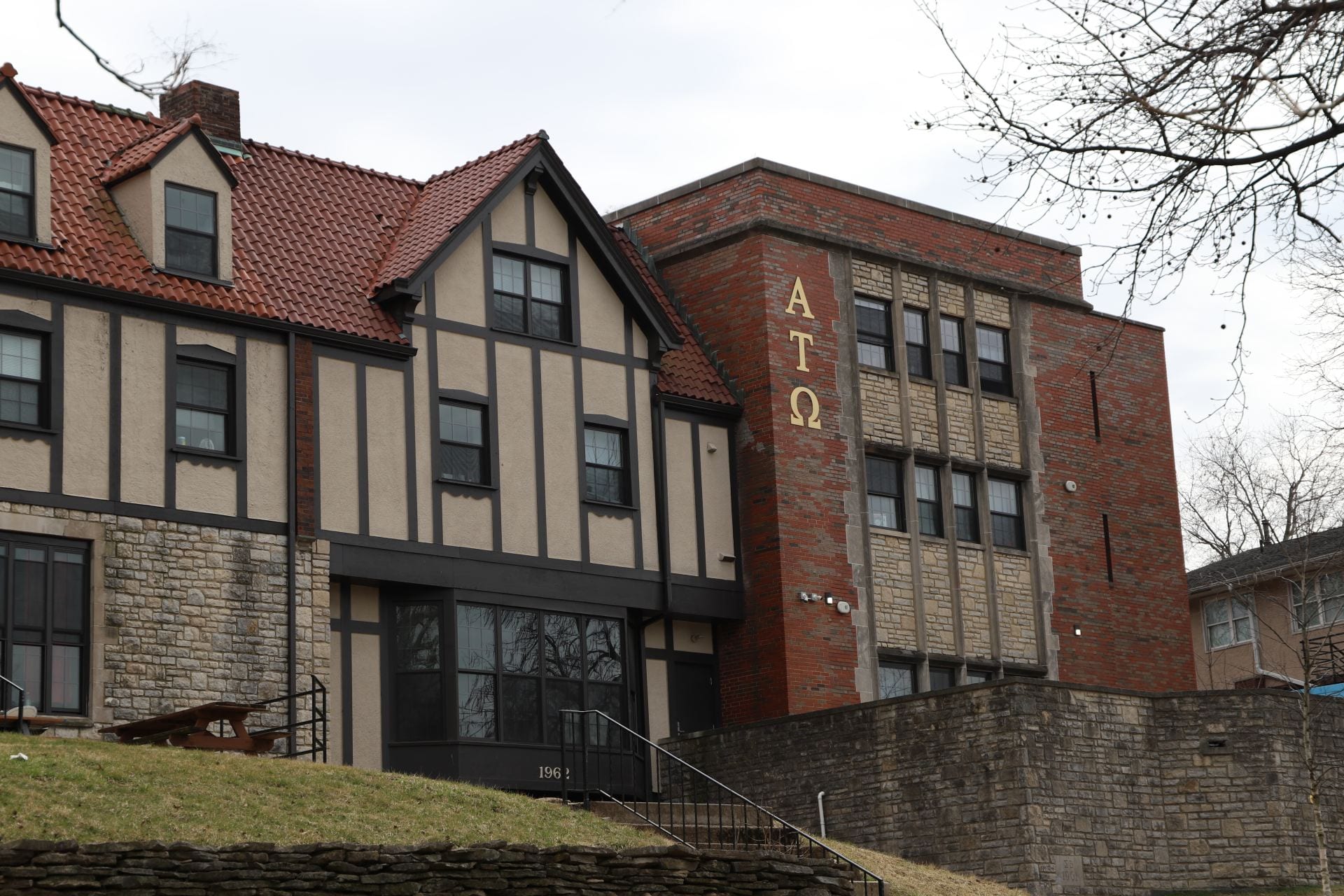Ohio State’s status as a public university requires by law that its Board of Trustees hold meetings in a public forum. However, the Board frequently meets in executive sessions — closed-door meetings in which private matters such as legal challenges or staff discipline are kept off the public record.
In fact, The Dispatch reported in March 2017 that the Board met in this private forum in every meeting since 2011. And that still holds true today.
In last week’s meetings — running from Aug. 22 to Friday — The Lantern collected timing of both executive and public sessions and was provided official records by Ohio State. Executive sessions outlasted public meetings in four of nine committee meetings.
For example, the Board’s Quality and Professional Affairs Committee meeting on Aug. 22 was in executive session for one hour and 16 minutes. Its public session was 10 minutes.
The Wexner Medical Center committee’s executive session lasted two hours and 46 minutes. Its public session lasted one hour and 12 minutes.
Most public bodies schedule executive sessions towards the end of the meeting so the public doesn’t have to sit there twiddling their thumbs for two hours. If that’s a normal practice I really would say boo on them for doing that. It’s kind of arrogant and disrespectful to the public. – Dennis Hetzel, Ohio News Media Association President
The week’s executive sessions also ran longer for the Talent and Compensation committee meeting. However, the Audit and Compliance committee had an executive session lasting 14 minutes and public session running for more than an hour.
The Governance, Talent and Compensation, Master Planning and Facilities, Advancement, Finance and Academic Affairs and Student Life committee meetings had public sessions that lasted longer than the private executive sessions, as well.
The largest gap of these was a one-hour-and-eight-minute difference between the Advancement committee’s one-hour-and-22-minute public meeting and 14-minute executive session.
Ohio law allows for these private meetings to take place if matters such as trade secrets, real estate, HIPAA and FERPA — laws that protect the privacy of medical patients and students, respectively — will occur.
“The Board often considers significant issues and decisions that require sensitivity, discretion, confidentiality, care and candor in order to best protect the institution or those impacted by their decisions,” Ohio State spokesman Chris Davey said in an email. “The Board only uses executive sessions when doing so would best serve the interests of the university and of the people they have been appointed to serve, and only in accordance with state law.”
Dennis Hetzel, president of the Ohio News Media Association, said it’s no surprise Ohio State uses executive sessions so frequently, given the stature of the institution and its different entities, including the police department and hospital. However, he said government bodies such as the university should try to conduct as much business in public as possible.
“I think sometimes governmental agencies forget that going into executive sessions, even though they can do it, it is optional. They don’t have to do it,” Hetzel said. “They really should be asking themselves, ‘Does this really need to be done in a closed meeting even if we can do it?’”
Hetzel said governing boards like Ohio State’s Trustees should make sure they are following the law in terms of how they go into and out of executive sessions, and make sure they’re not doing things in the private meetings like voting, which is illegal under Ohio’s Sunshine Law.
“Every action or vote that is taken as a Board is conducted at public meetings open to anyone who would like to attend,” Davey said.
Hetzel said a proper way for the Board to go into private meetings is to hold a motion to go into executive session, and be as specific as possible. He added citing “personnel matters” is not enough.
A common practice is for the Board to begin its meetings with executive sessions after it briefly comes together in public. Five of its nine committee meetings last week began this way — the Board came together in public, then quickly went to executive session, which was scheduled before the open public meeting, something that Hetzel said “serves the public poorly.”
Under Ohio law, it is illegal for governing boards to meet in executive session first, but since Ohio State’s Board meets in public first, no matter how quick, executive sessions preceding public meetings can occur.
“Most public bodies schedule executive sessions towards the end of the meeting so the public doesn’t have to sit there twiddling their thumbs for two hours,” Hetzel said. “If that’s a normal practice I really would say boo on them for doing that. It’s kind of arrogant and disrespectful to the public.”



